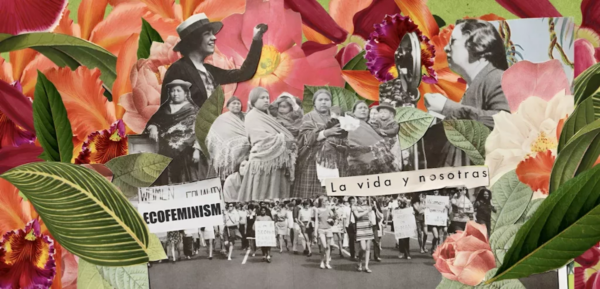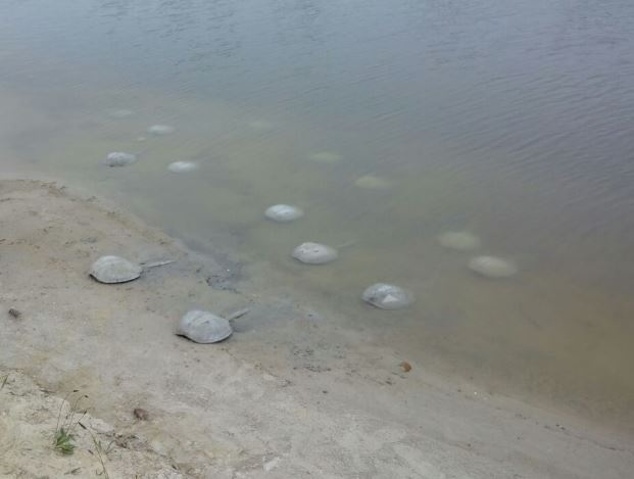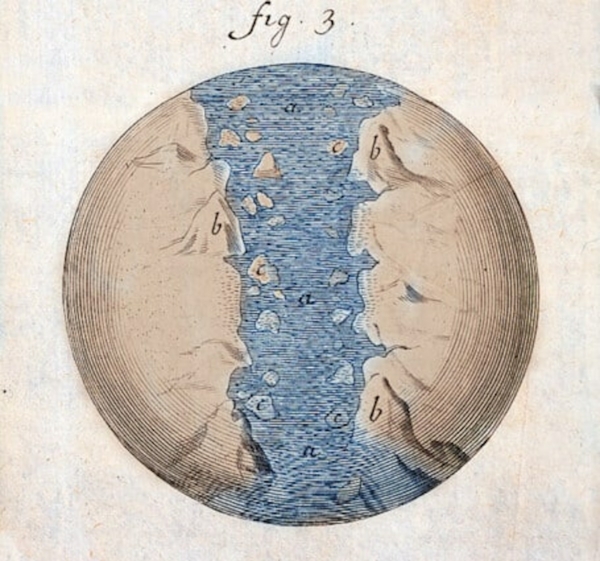
ÉCOFEMMES FEST – MINERVA
L’association MINERVA présentera ÉCOFEMMES FEST, le premier festival en France consacré à l’écoféminisme. Pendant trois jours, artistes, chercheuses, journalistes et…

KÖNIG GALERIE presents Tue Greenfort’s 6th solo exhibition at the Gallery and his first show in the galleries chapel.
Under the evocative title « 400 Million Years », Greenfort (*1973 in Holbaek, Denmark) presents four new groups of works that typically evolve around dynamics in the natural world, discourses of ecology and their history, including notions of environment and non-human agency. His recent research at Lake Victoria in Tanzania – the location of the documentary Darwin’s Nightmare (Hubert Sauper, 2004) – further dives into subaquatic questions towards “the anthropocene” in a striking visual vocabulary between quasi-scientific practices and worship.
“By creating organisms that are not simply the sum of their symbiotic parts – but something more like the sum of all the possible combinations of their parts – such alliances push developing beings into uncharted realms” – writes the feminist geo-scientist Lynn Margulis in her book Microcosmos (1986) about the meaning of micro-sales, such as microbial knowledge, for the supersession of classical humanist concepts of evolution, identity, and agency. Horizons, such as sea-scapes, make men feel fragmented. The scale of the sea, sky and sun shrinks us to a tiny second in time. And so we measure: time in relation to earth (rock strata) is “geological time”. A tiny fraction of a split geological nano second ago, we named the present “anthropocene”: when men modified the earth, sea, and sky, and anthropogenic residue has come to stratify the world. More precisely: a world which about 400 million years ago created horseshoe crab. And here we are, right in the middle of Tue Greenfort’s 6th solo exhibition at the KÖNIG GALLERY, Greenfort’s first show in the St Agnes chapel.
Predating life on soil for about 40 million years (and predating human life for another 399.988.000 years …) we call the horseshoe crab a living fossil. Here too, on the gallery floor, they are uncannily petrified and vigorously lively at the same time. Each sculpture of the new series Horseshoe Crabs (concrete, 35x35x15 cm, 2017) is hand-cast in life-size and from concrete which includes industrial fly ashes, a fossil fuel combustion residue of energy plants. And here already, the major meaning of micro comes to the fore: it is precisely because of the ashes’ micro-particles that their flight is a macroenvironmental problem. Yet Greenfort, as more often than not, refrains from clear-cut moralist delineations, and puts this type of ash to a new and aesthetically stunning use. However, his critical method of prevails, when we look at the creatures’ spawning in the exhibition also as a reminder to the endangering of their mating habitat in shallow waters, when those extremely biodiverse edges are modified by men’s maritime industries. Paradoxically (as all ruthless economic development) and symptomatically (for the workings of the anthropocene), with the declining reproduction of those crabs, man also endangers a important ingredient for agri-industrial fertilizers and therefore growing of crops for his own sustenance on the one hand. On the other hand, the arcane blue blood of the horseshoe crab – its receipe to immortality – is also a vital bio-medical commodity, involuntarily donationed by tons of crabs each year; crabs who are bred by artificial insemination.
Tue Greenfort’s exhibition 400 Million Years is a snapshot of specimen at a point in time. It pursues a sampling sited between faux classification and amateur collecting. It redistributes visibility between the invading and the annihilated. Yet visibility alone does not make art. Imagination sets in. And here we are, in the middle of alliances into uncharted realms.
Exhibition « 400 Million Years »
15 July – 13 August 2017
Tue Greenfort
König Gallerie, Berlin
More information on : www.koeniggalerie.com
L’association MINERVA présentera ÉCOFEMMES FEST, le premier festival en France consacré à l’écoféminisme. Pendant trois jours, artistes, chercheuses, journalistes et…
L’Observatoire de la Côte d’Azur accueille Unda Terræ, une exposition collective art/science imaginée par Circa dans le cadre de la…
L’exposition Enredos II de Nuno da Luz dans laquelle le Centro Botín (Espagne) devient un corps acoustique vibrant à travers…

